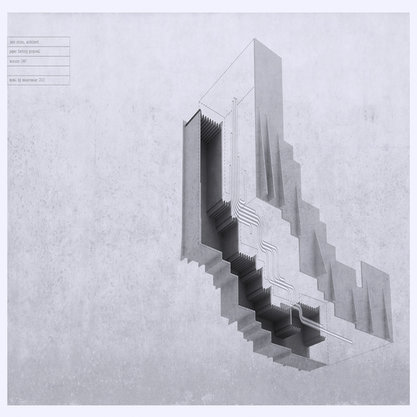Article
Rbati, Mohammed Ben Ali (1861–1939) By Powers, Jean Holiday
Article
Mohammed Ben Ali Rbati was an early Moroccan painter. While often referred to as an easel painter, he eschewed canvas in favor of using watercolors on paper. Rbati received early support from European artists in Tangier, where he lived for most of his life. In 1903, Rbati became the cook for Sir John Lavery, a royal portrait painter from England, and he began painting in the years that followed. Rbati had his first exhibition at the Goupil Gallery in London in 1916. Although Rbati had no formal arts training, his exposure to painting and the availability of watercolors in Tangier as a result of the sizeable British population awakened within him a desire to paint the daily scenes he was surrounded by. Rbati’s figurative watercolors on paper focus on Tangier, its Kasbah, and its inhabitants. The paintings depict a wide swath of the population, showing people walking through the streets or gathered in public squares, as well as scenes in cafés and other lavish interiors. Many of the watercolors depict large groups of men or women, and the focus is often on the larger scene than on individualizing details. Rbati consistently signed the front of his canvases, always in Arabic.

